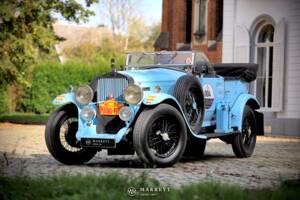Delage D6 classic cars for sale
The Delage D6 stands as one of the most renowned six-cylinder luxury vehicles produced in France from 1930 to 1953. Renowned for its refined engineering, exceptional versatility, and a broad array of body styles and technical innovations, this vehicle continues to attract considerable interest from collectors and enthusiasts seeking distinguished pre-war and post-war motoring heritage.
Search results

1930 | Delage D6
Delage D6 Chapron-Style Tourer 1930: your ticket to adventure on the ‘Peking to Paris 2028’ Rally
Delage D6 listing references from Classic Trader
Below you will find listings related to your search that are no longer available on Classic Trader. Use this information to gain insight into availability, value trends, and current pricing for a "Delage D6" to make a more informed purchasing decision.
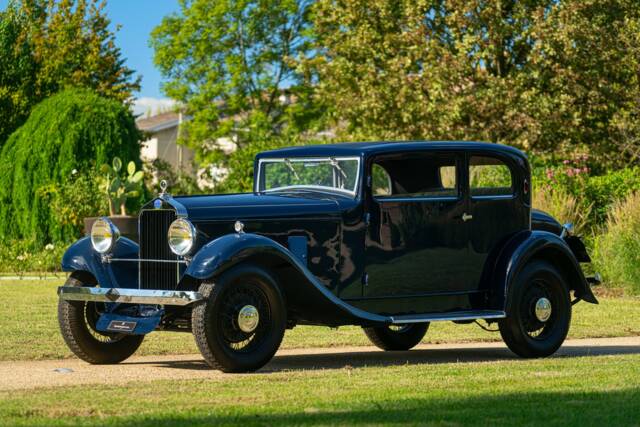
1933 | Delage D6-11
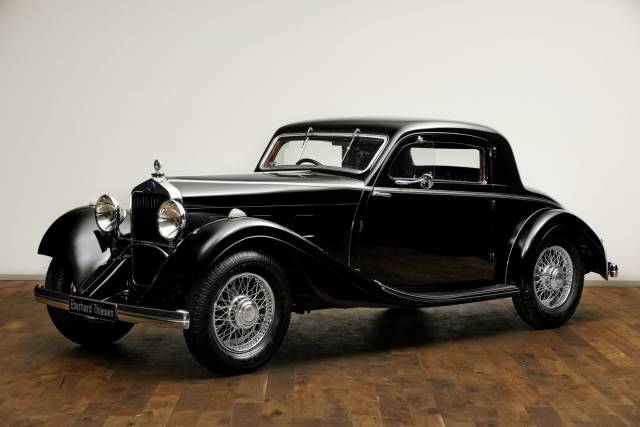
1934 | Delage D6-11 S Brandone

1939 | Delage D6 3-Litres
Art Deco Gallic Beauty - Rare and Powerful
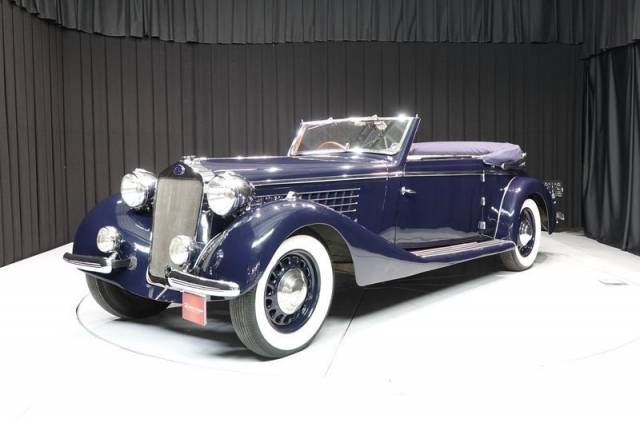
1939 | Delage D6-75 Chapron
1939 Delage D6.75 Chapron '39

1939 | Delage D6-75TT
1939 Delage D6.75 Chapron '39

1947 | Delage D6
Sehr originale Rekreation des legendären Rennwagens
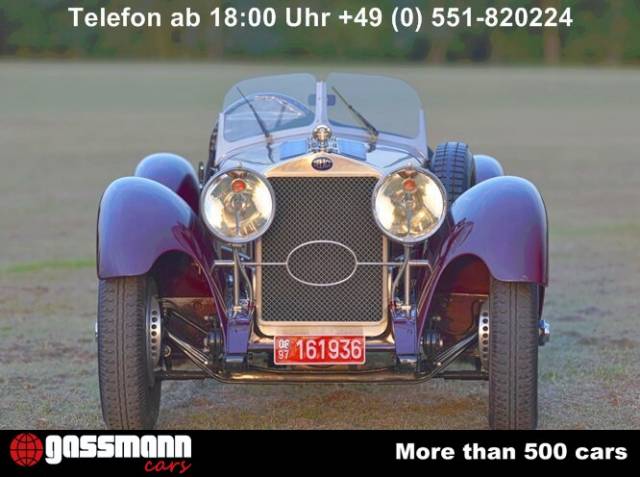
1929 | Delage D6
Delage D6 Racecar Special Roadster
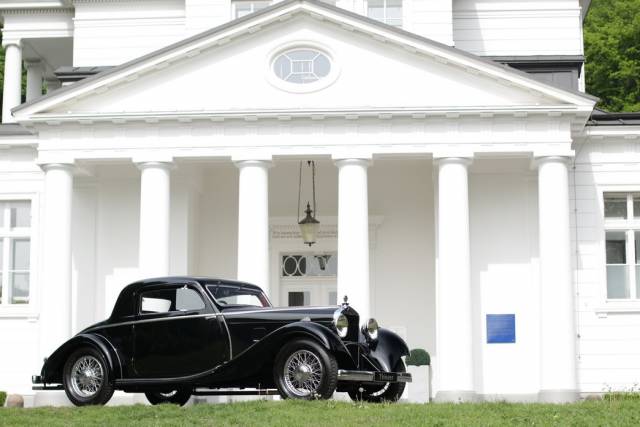
1935 | Delage D6-11 S Brandone
Delage D6 11 S Etienne-Brandone Coupé
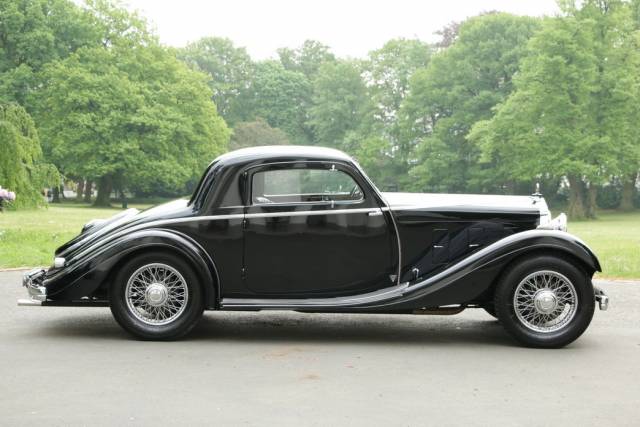
1935 | Delage D6-60
1935 Delage D6 11 S Etienne-Brandone Coupé
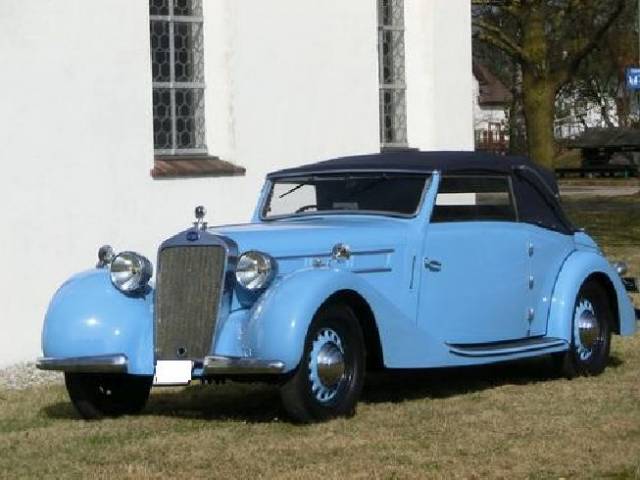
1937 | Delage D6-60
Délage D 6.60
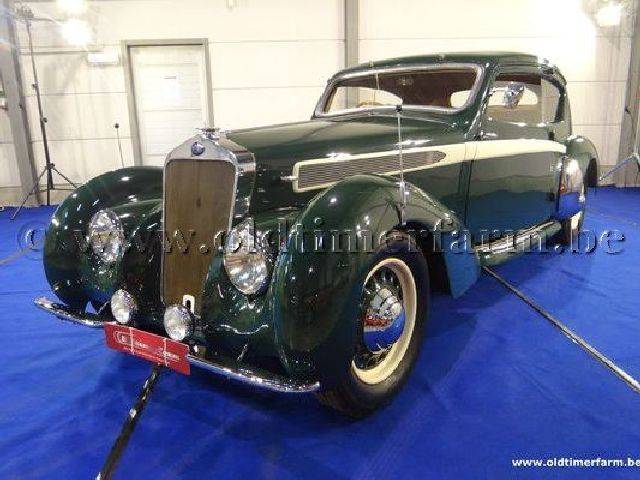
1938 | Delage D6
Delage D6 Letourneur et Marchand '38
History of the Delage D6
The Delage D6 was introduced in 1930 as the successor to the Delage Type DM, filling the manufacturer's range with an elegant six-cylinder model. Emerging during challenging economic times, the D6 was positioned as a more restrained offering compared to its lavish predecessors. Early models featured wheelbase options and a 3,045 cc six-cylinder engine with 75 PS, with just 1,160 first-generation units produced by 1933. Over the years, the D6 evolved to echo the technical and stylistic shifts of pre- and post-war France. After WWII, Delage resumed production with the D6 as its sole model under Delahaye ownership, adapting its engines to suit the unreliable post-war fuel situation. The D6 left a lasting legacy in high-end French motoring, often associated with custom bodywork by renowned coachbuilders and success in concours competitions.
Model Series Development
The D6 lineage spans several generations from 1930 to 1953, with significant differences in chassis length, engine displacement, and technology across eras. After the original D6, Delage introduced longer wheelbases and refined six-cylinder engines. During the pre-war years, buyers could select from factory coachwork or commission bespoke bodies from established coachbuilders such as Chapron, which further cemented the D6's reputation for exclusivity. Following WWII, the D6 became Delage’s only model and incorporated Delahaye engines and a reduced compression ratio, addressing the realities of European fuel quality and availability. The D6-70 and D6-75 stand out as notable variants, each bringing upgraded performance and technical improvements.
Highlights and Market Statistics
The Delage D6 is especially valued for its smooth-running inline six-cylinder engines, light construction, and adaptability to custom coachbuilding. Vehicles from 1937 feature Delahaye engines, while certain versions are equipped with technical features such as the Cotal pre-selector gearbox, Chapron coachwork, and even original Bosch heating systems in some examples. The D6 was available as a cabriolet and in right-hand-drive configurations, and has been seen at prestigious events like the Concours d‘Élégance. According to our supply statistics, 72.7% of Delage cars listed are D6 models, considerably outnumbering other Delage vehicles. Demand data shows a particularly high interest in the D6-70 variant, accounting for 71.6% of Delage listing views, making it the most sought-after subtype, while the standard D6 makes up 26%. The D6-75, while rarer, still garners collector interest.
Technical Data
Special Editions and Collectible Models
A particularly notable variant is the Delage D6-3L, built as a lightweight racing version—only five of which were produced—making it a stand-out for serious collectors. The D6 Olympic edition (1948–1949) featured a more powerful 100 PS engine, higher compression, and a top speed of 140 km/h, serving as an upgraded model catered to performance-oriented buyers. Several factory and custom cabriolet versions by coachbuilders such as Chapron also remain highly collectible due to their distinctive design and rarity.
Weak Spots and Common Issues
Typical weak spots on the Delage D6 include general age-related issues common to pre-war and early post-war vehicles. Attention should be paid to the condition of the engine, fuel system, and electrics—particularly where period modifications or restorations have occurred. Documentation of past repairs and maintenance is essential, as is verification of authenticity, given the existence of both high-quality replicas and original vehicles. Upgrades such as improved braking systems are often present on replicas to enhance safety for modern traffic.
Engine, Performance, Transmission and Handling
The character of the D6 centres around its six-cylinder engine, known for its robust soundtrack and energetic yet smooth acceleration. The pre-selector Cotal transmission, where fitted, allows for rapid gear changes and a more engaging driving experience compared to conventional gearboxes of the era. The D6 is lightweight, which positively impacts agility and responsiveness, contributing to the driving pleasure noted by period users and present-day enthusiasts. Long-distance capability is underlined by comfort features and solid mechanical reliability when properly maintained. - Delage D6-70: Noteworthy for its significant share of both supply and demand, standing out for its balance of performance and collectibility.
- Delage D6-75: A rarer variant, regarded for its robust engineering and subtle improvements over other D6 series vehicles.
- D6-3L: The rare racing model emphasizes light weight and motor sport pedigree.
Interior, Comfort, Exterior and Design
Delage D6 models are frequently seen with custom coachwork, especially by eminent French firms such as Chapron. Original cars may feature bespoke interiors with high-quality leather, period-correct instrumentation, and unique trim details, while exteriors display sweeping fender lines, restrained use of chrome, and elegant proportions. Collector examples include cabriolets and saloons, some with rare right-hand-drive configurations. Later post-war versions might incorporate original accessories like Bosch heating systems. Restoration practices respect original materials and finish, with modern upgrades usually limited to improving safety or reliability without compromising authenticity.
Other Features and Noteworthy Facts
Knowledge about the Delage D6 is well documented in international Delage registries and among marque experts. Both complete restorations and faithful replicas exist; replicas often present technological updates while adhering to the original’s aesthetic. Many D6s are seen at vintage rallies, concours events, and dedicated club gatherings, affirming their ongoing engagement within the historic vehicle community.
Summary
The Delage D6 holds a treasured place among pre-war and post-war luxury automobiles, offering refined inline six-cylinder performance, chassis tailored for diverse coachwork, and lasting appeal for both concours and everyday classic motoring. Its availability, particularly in the D6-70 and D6-75 subvariants, mirrors continued demand among knowledgeable enthusiasts with a preference for sophisticated French engineering and history.
